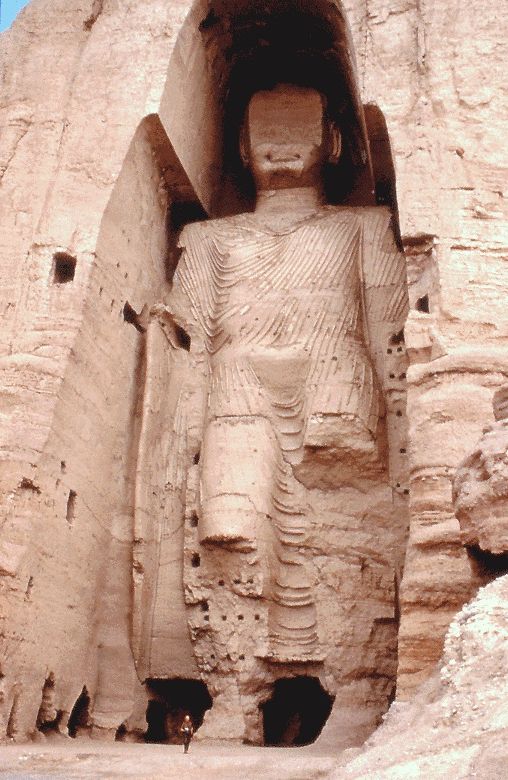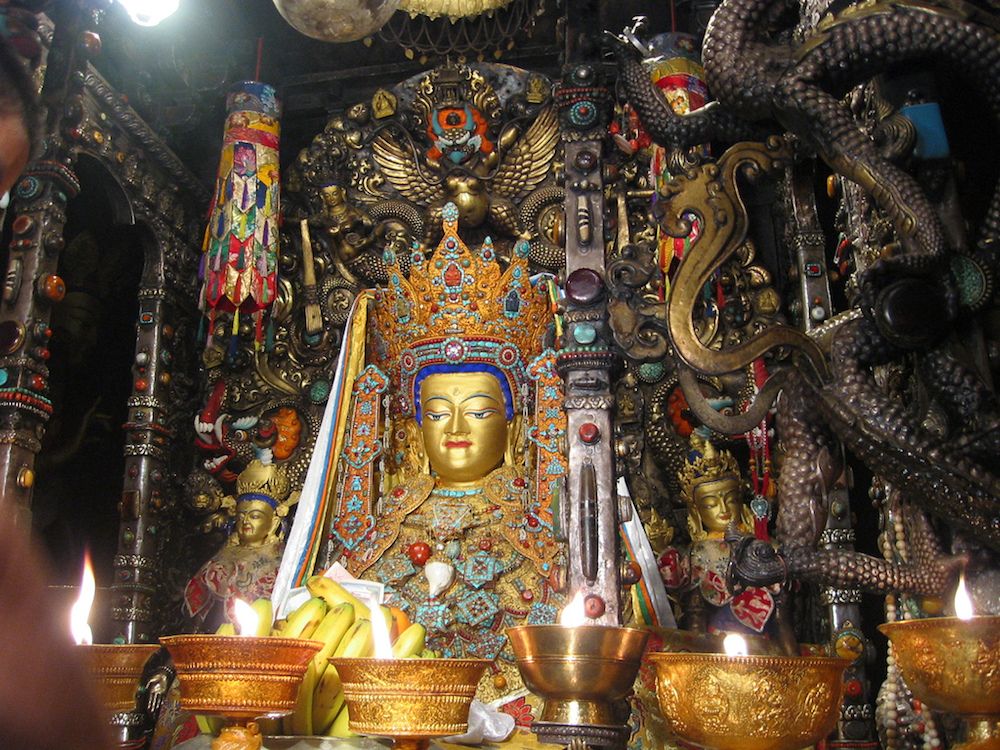Charly Castillo
AP Art History 🖼
34 resourcesSee Units
Background Information
Cultural interactions are due to many factors; such as conquest, colonization, travel, war, or trade. These interactions heavily influence artwork and the processes used to create them. The cultural interactions and interchanges between Europe and Asia shaped many elements of artwork in West and Central Asia.
The most prominent areas that affected art in West and Central Asia include the Anatolia, Himalayan Asia, Arabian Peninsula, Greater Iran, Innter Asia, and Levant. Each of these regions obtain lands in which were associated with modern China as well as the former Soviet Union. Despite the boundary-based political changes made over time, the regions connected together through the Silk Route. The Silk Route helped to combine two major regions: China and India with the Greco-Roman world.
Trade immensely impacted the arts of Central and West Asia. The trade networks between Asia and Europe allowed for textiles to be popularized as an essential art in these regions. Furthermore, ceramics were massively traded as they originated from Turkey. Islamic metalworks, with some having Christian influences, were also made to trade within bordering regions of the Mediterranean.
West Asian art in particular was greatly impacted by the Persianate arts (originated from the Safavid and the Timurid dynasties of Iran), which had an influence on the Mughal arts of India as well as the Ottoman arts of Turkey. Similarly, art in Central Asia focused on two different styles: one relative to Persianate Islamic styles and the other to Indian inspired styles. The Persianate Islamic styles centered around maintaining the initial developments established in West Asian art, whereas the Indian inspired styles typically focused on traditional South Asian artwork with idealized figural art.
Central Asia
Buddhas of Bamiyan

Image from Wikipedia (CC BY 4.0).
Form:
- Cut rock with plaster and paint, which has since worn away.
Function:
- The Buddhas of Bamiyan were made for practicing Buddhists in the area. Some circumambulated the sculpture as a form of worship, and monks from surrounding monasteries would come to it to pray 🙏
Content:
- This work is of two statues of Buddha (the founder of Buddhism) with Greek-style clothing and hairstyles, showing the extent of both religious and cultural syncretism in Central Asia.
- The larger Buddha sculpture pictures Vairocana (the universal Buddha), while the smaller one is of Sakyamuni (the historical Buddha AKA Gautama Buddha).
- Decorations made of paint 🎨, stucco, and wood once covered the statues, but they have since come off.
Context:
- The Bamiyan Valley was located along the Silk Road, which explains how Greek artistic traditions influenced this work and how Buddhism spread to the region.
- In 2001, the statues were destroyed by the Taliban in an act of iconoclasm, the destruction of works with icons, in this case, because of religious differences.
Jowo Rinpoche

Image from Khan Academy.
Form:
- Gilt metal with stones and paint.
Function:
- This statue was made to represent the Buddha after his parinirvana, which refers to his death.
Content:
- Buddha is depicted with his legs in padmasana 🧘, also known as lotus position, and his left hand signifying dhyana mudra (the gesture of contemplation), which suggests that he is meditating.
- His elaborate decoration and food offerings 🍌 left by visitors to the statue shows how revered the Buddha is to his followers.
Context:
- Tibet was exposed to Buddhism during the 6th to 9th centuries CE by travelers from India.
Browse Study Guides By Unit
🗿Unit 1 – Global Prehistoric Art, 30,000-500 BCE
🏛Unit 2 – Ancient Mediterranean Art, 3500-300 BCE
⛪️Unit 3 – Early European and Colonial American Art, 200-1750 CE
⚔️Unit 4 – Later European and American Art, 1750-1980 CE
🌽Unit 5 – Indigenous American Art, 1000 BCE-1980 CE
⚱️Unit 6 – African Art, 1100-1980 CE
🕌Unit 7 – West and Central Asian Art, 500 BCE-1980 CE
🛕Unit 8 – South, East, and Southeast Asian Art, 300 BCE-1980 CE
🐚Unit 9: The Pacific, 700–1980 ce
🏢Unit 10 – Global Contemporary Art, 1980 CE to Present
📚Study Tools

Fiveable
Resources
© 2025 Fiveable Inc. All rights reserved.